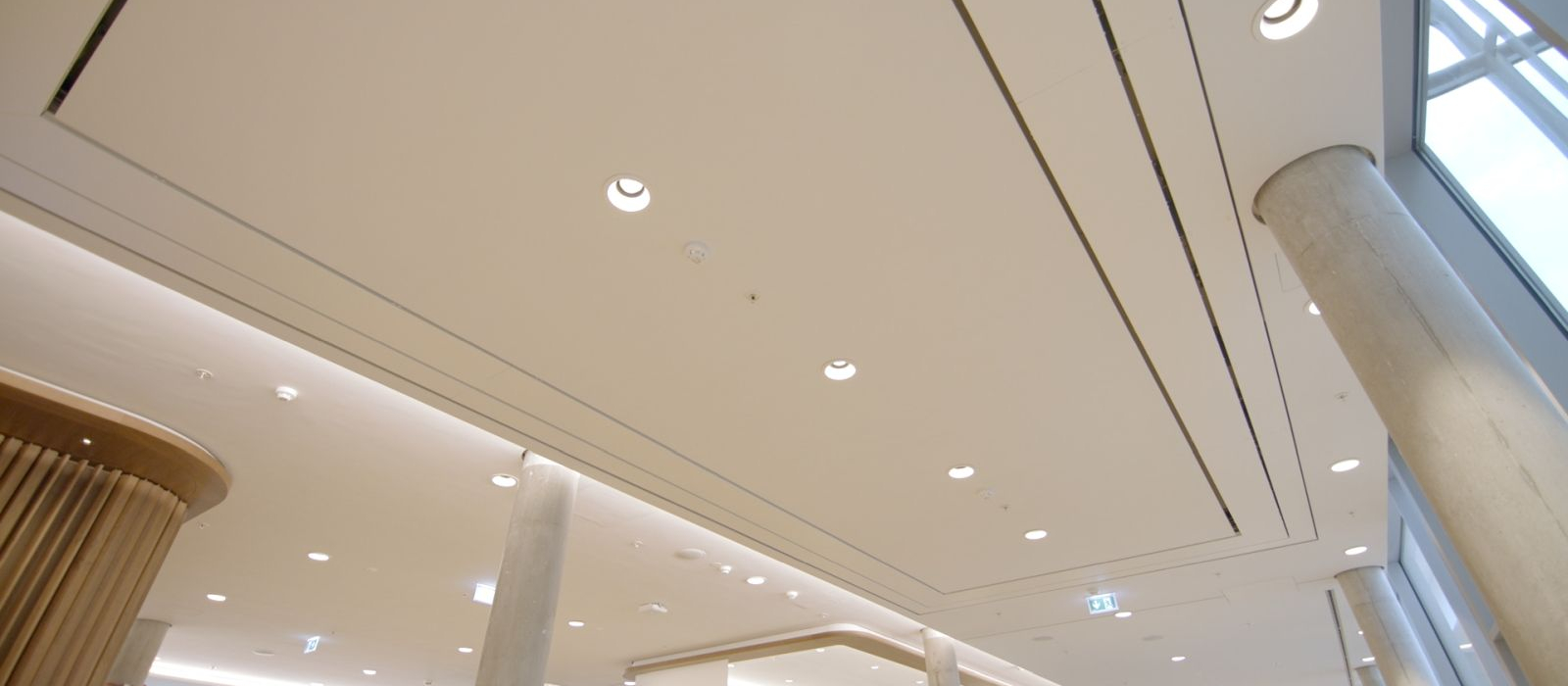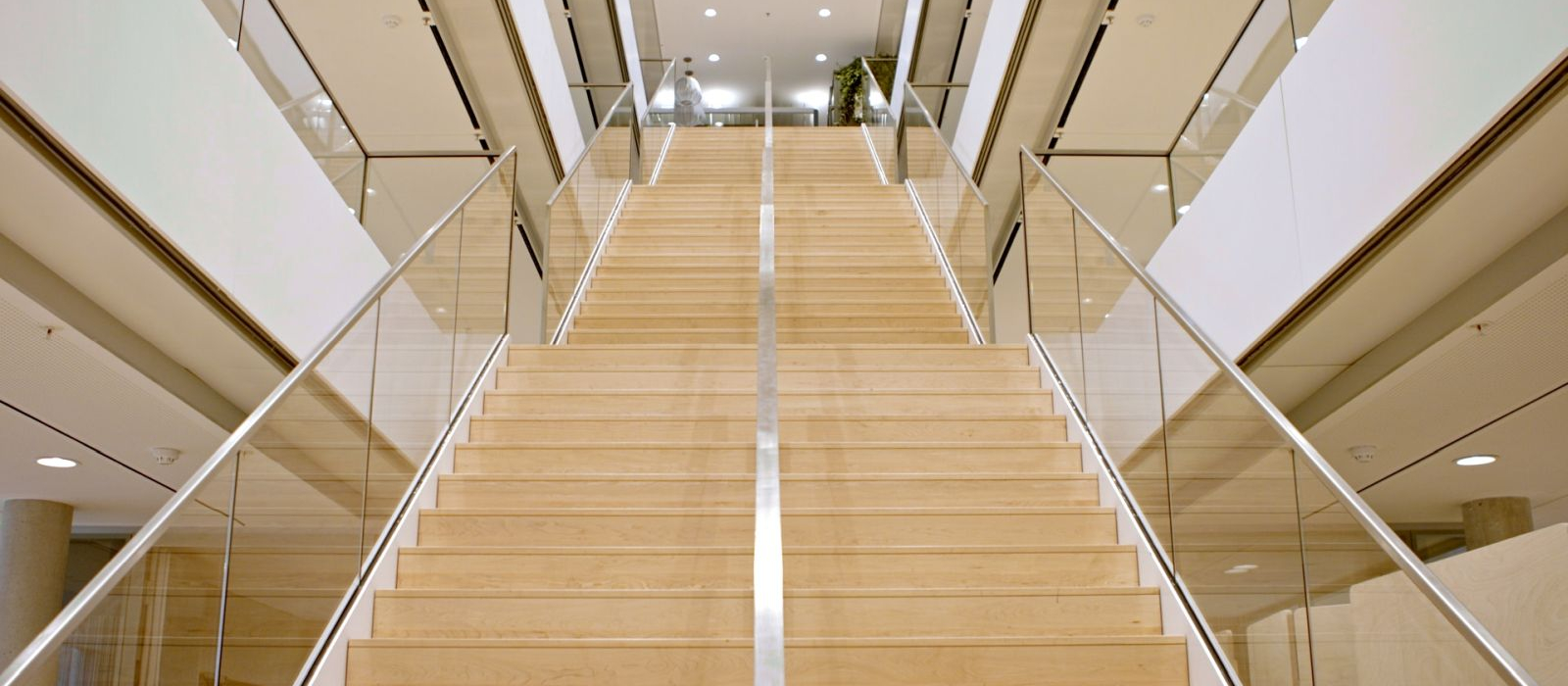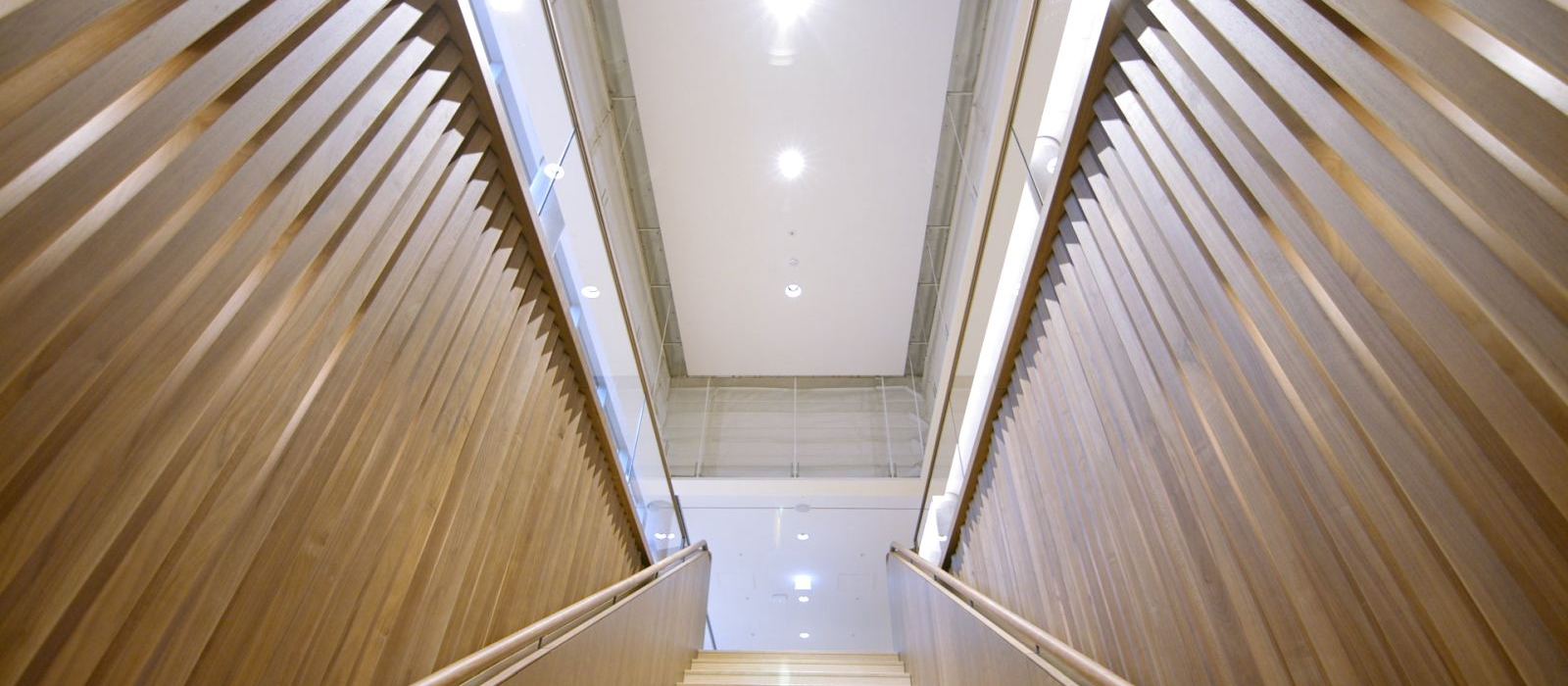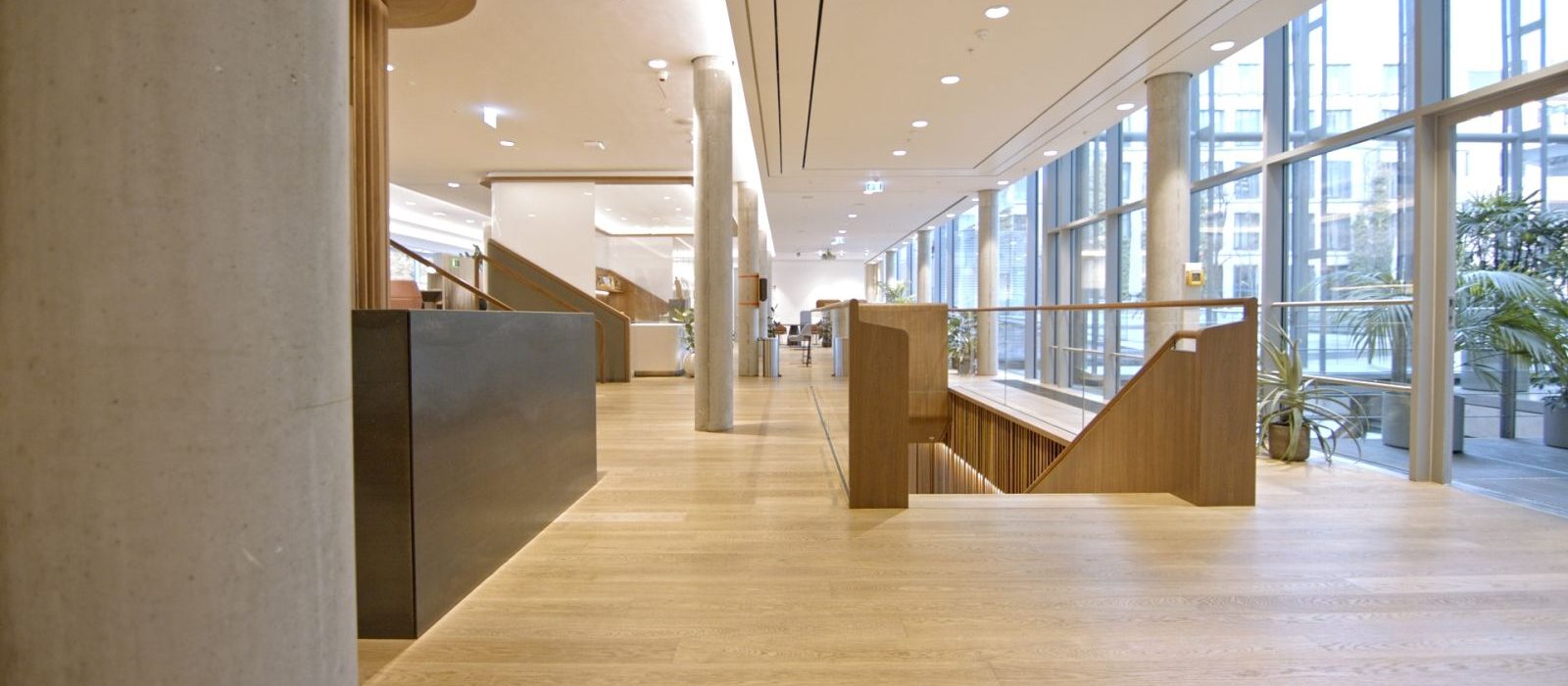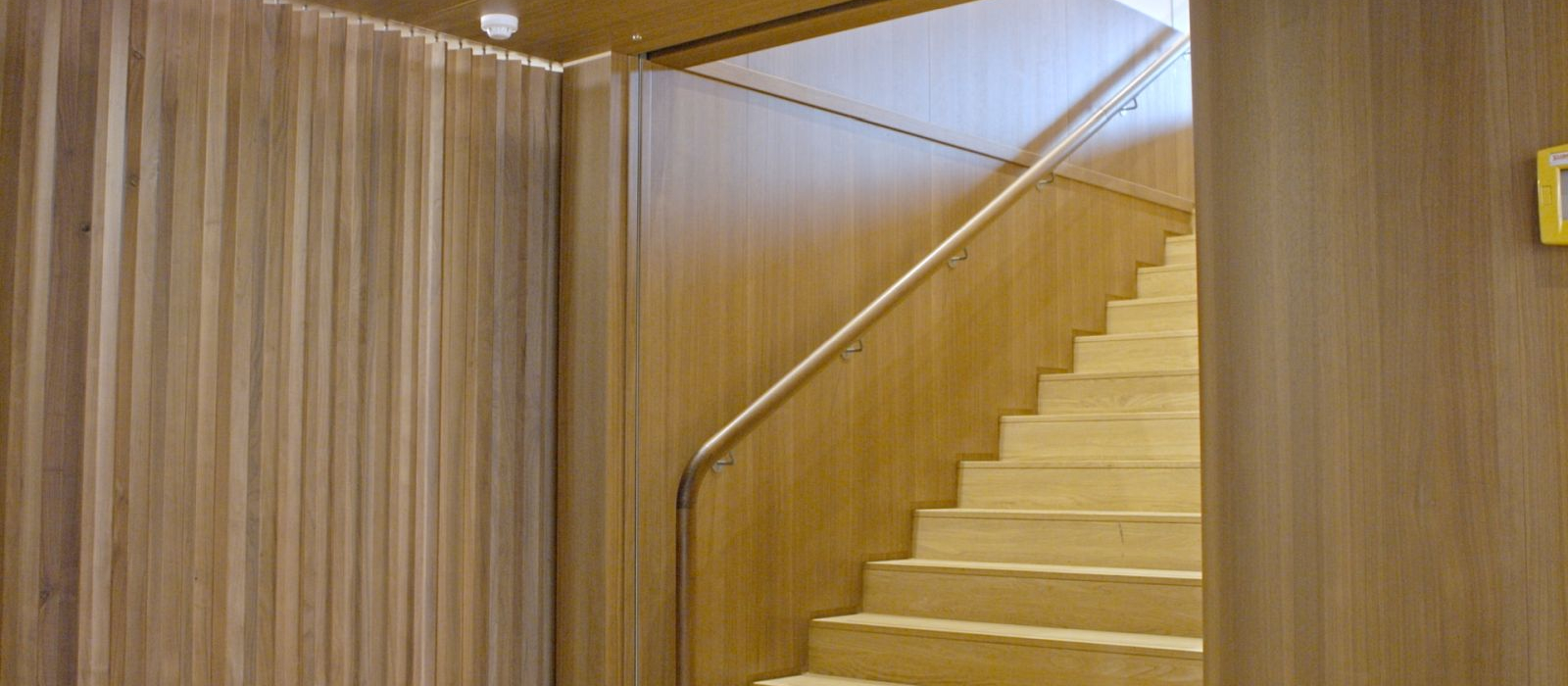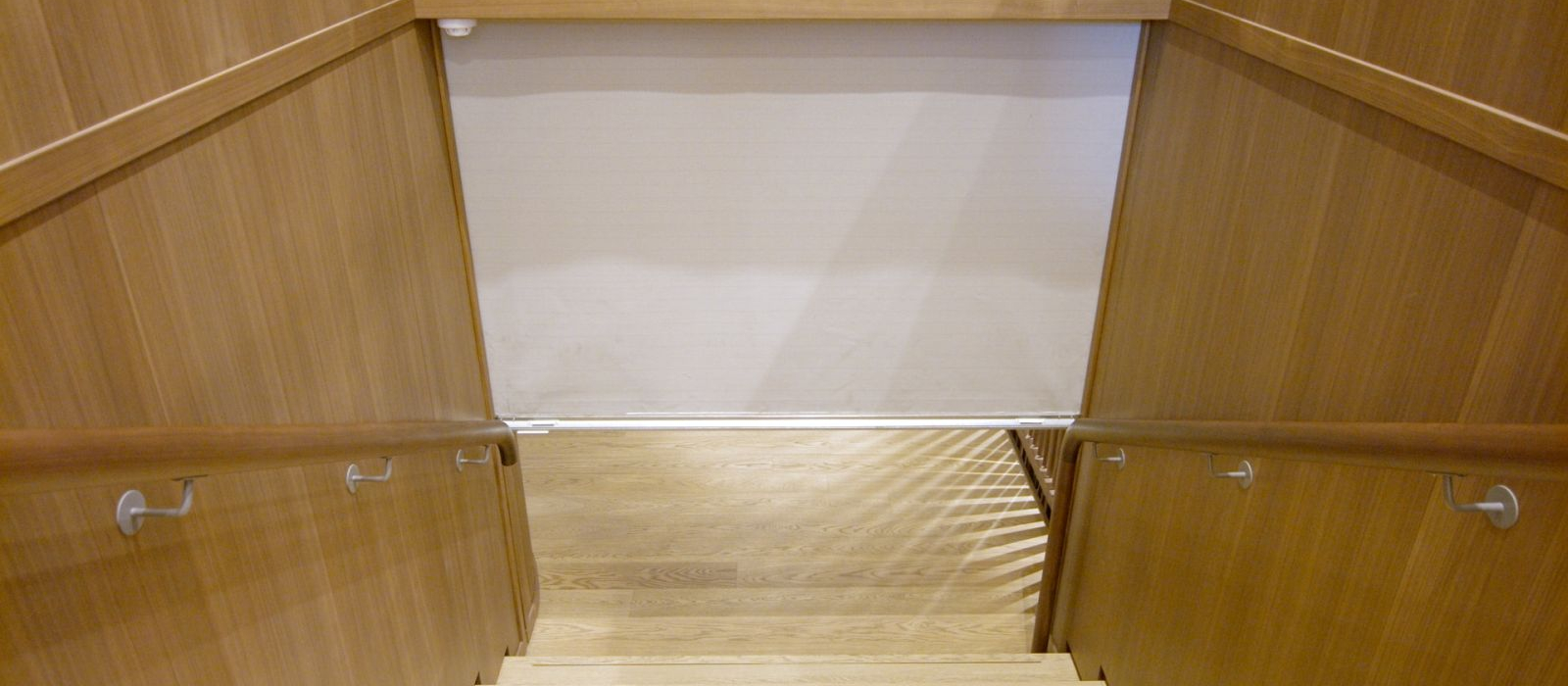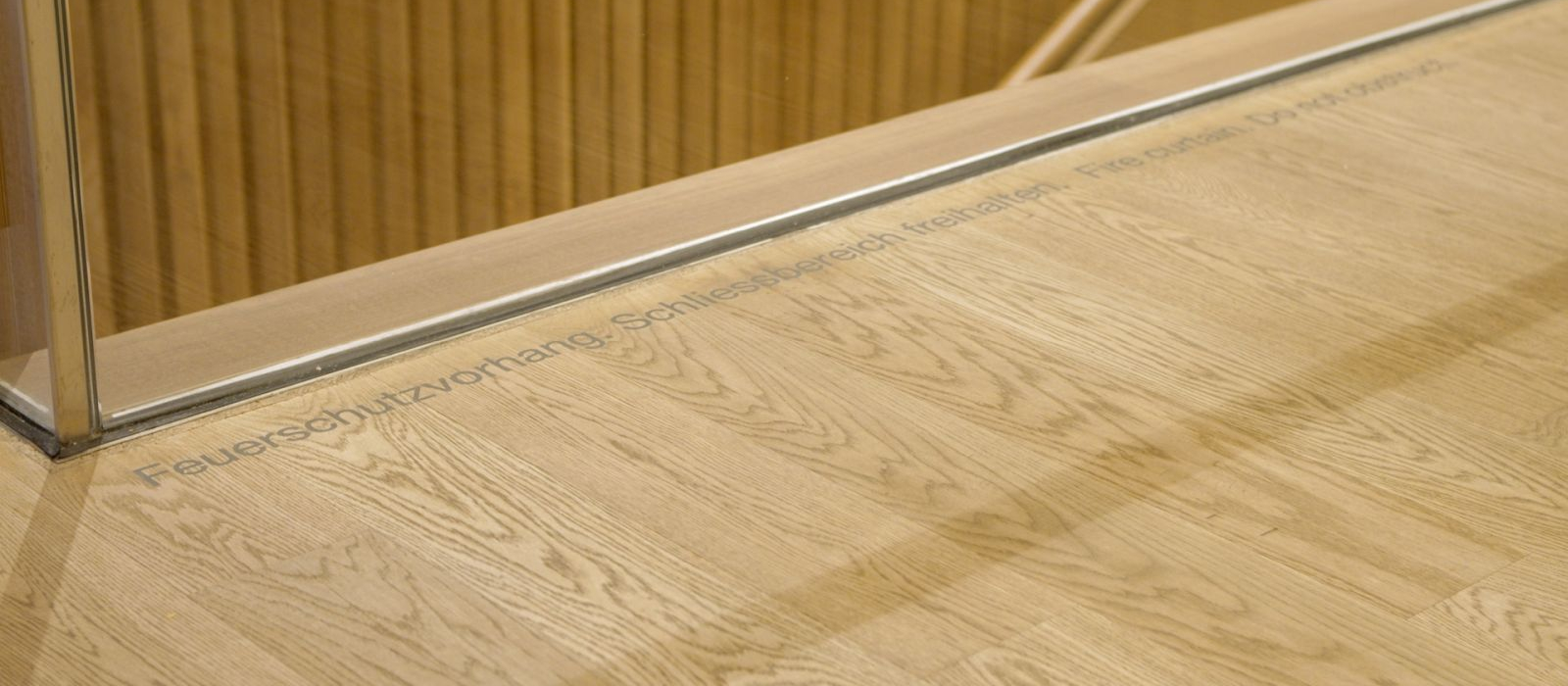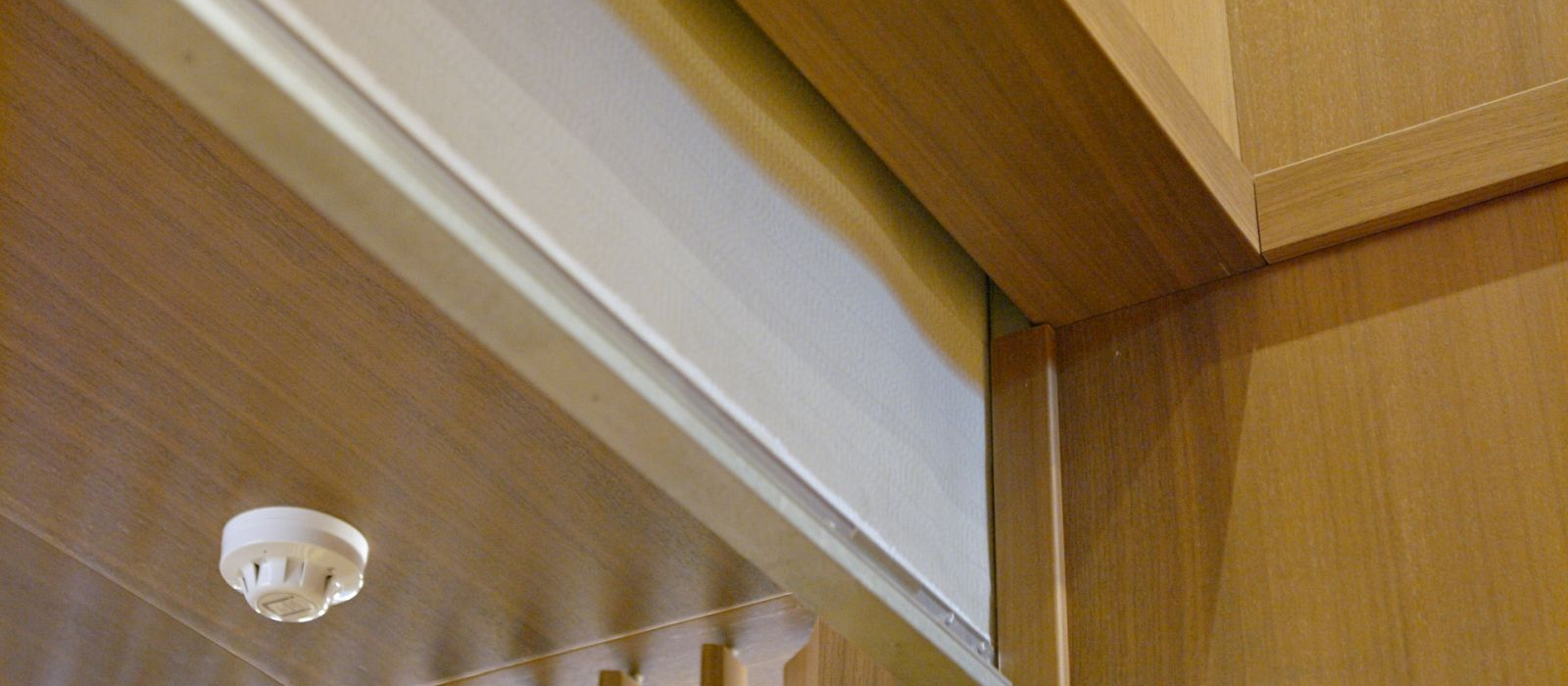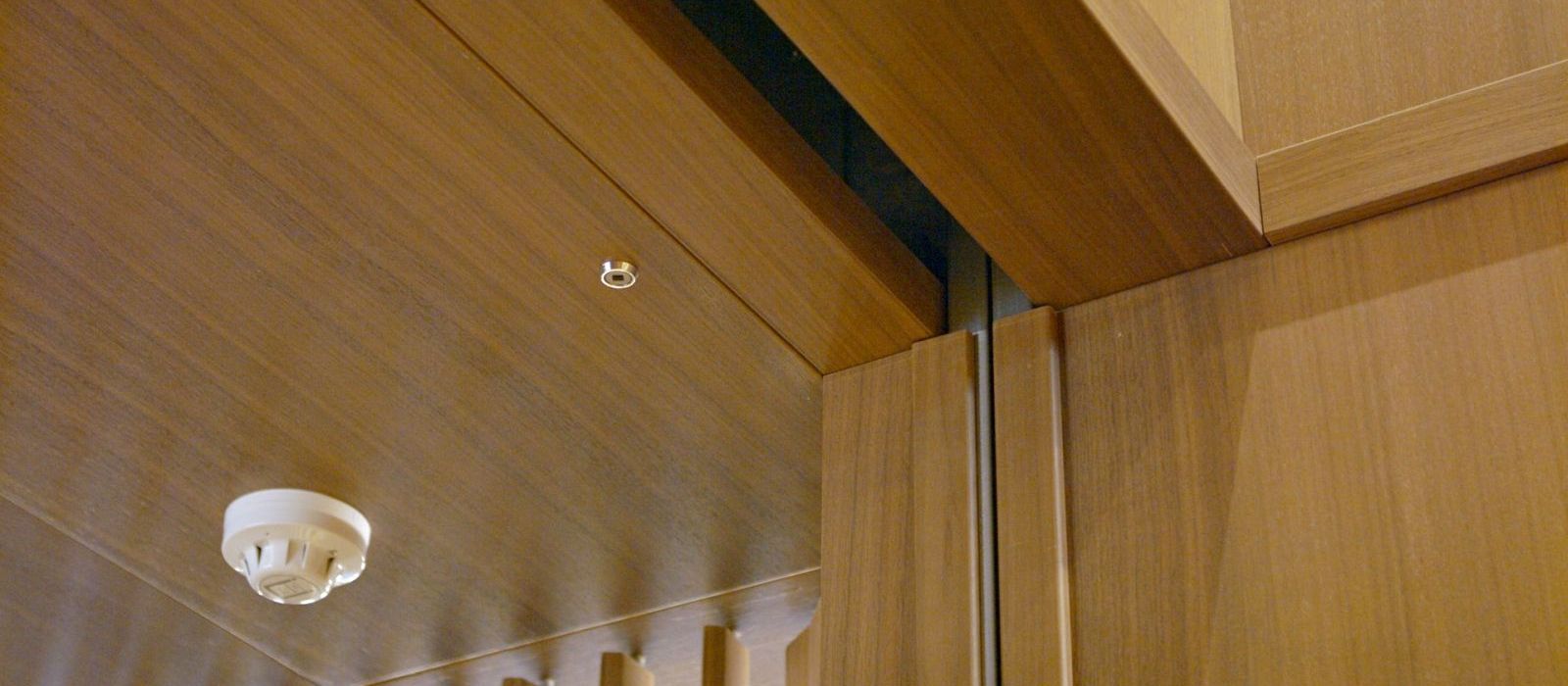
New Work & New Fire Protection Concepts
Trend topic "New Work": How do we want to work today, in 10 or even in 50 years? Which rooms are needed for this? And how can structural fire protection be intelligently integrated into future-oriented architecture?
The fact is: New working environments require new fire protection concepts. STÖBICH has installed textile fire protection solutions in the Steelcase Learning + Innovation Center (LINC) in Munich that are only really visible in the event of a fire. Future-oriented fire and smoke protection meets New Ways of Working of an international office furniture manufacturer - an exciting encounter that inspires the architectural world.
New Work in Architecture
Definition
New Work encompasses the structural change of the entire working world, shaped by digitalisation and globalisation. The focus is on the changing needs of employees, keyword Activity Based Working: employees are not tied to a fixed workplace, but individually search for the most suitable workplace for their activity.
The architectural design of new working environments ...
• ... moves work and subject areas closer together
• ... creates spaces for communication and concentration
• ... stands for free lines of sight/presence, transparency, open spaces/atriums with use of daylight and much more.
• ... lets people take centre stage
• ... grants space for individual retreats and workplaces
• ... builds on flexibility and modularity
THE CHALLENGE
Structural fire protection that fits into the New Work concept
The Steelcase LINC in the heart of Munich is both a showcase and a place to work: here, more than 260 employees develop new workplace solutions in the form of furniture, spatial concepts and supporting technology tools.
The building houses a total of seven levels, including a WorkCafé, a model shop and test lab, as well as learning studios, the Steelcase Leadership Community and one of the largest doors in Europe. The open spaces with a variety of retreat options inspire creative exchange.
Where so many people come together, safety is paramount. At the same time, fire protection must fit into the open space concepts and serve the extraordinary design requirements in addition to the building regulations.
THE SOLUTION
Fire protection solutions that are as flexible as their surroundings
STÖBICH fire and smoke protection closures of textile construction unfold or roll down automatically in case of fire; self-closing without external energy. The stairways in the Steelcase LINC clearly show how the systems can close very large room openings. Another advantage is the possibility of invisible installation in false ceilings: The slim enclosures visually disappear for the observer and can be flexibly installed. In this way, the fire protection element is really only visible in the event of a fire and thus supports the open, light-flooded room design of the new working worlds.
All-round compartmentalisation with Fibershield®-S
As you can see, you can see (almost) nothing: At the staircase leading up to the 1st floor into the WorkCafé, the discreet end elements of the section-forming fire curtain are barely noticeable. In the video, the Fibershield®-S unfolds evenly "around the corner" without the need for additional structural support elements. All-round partitioning is made possible and the EW 30 protection target is met: The innovative textile fabric reduces the radiation of the flames for up to 30 minutes; the heat radiation is thus reduced for half an hour to protect adjacent rooms from fire damage.
Vertical compartmentation with Fibershield®-E
The staircase leads from the 1st to the 2nd floor. Only those who look very closely can guess the hidden guide rail of the fire curtain Fibershield®-E. If a fire breaks out, the fire detector activates the Gravigen drive system: the fire curtain with the EW 30 protection target rolls down evenly with pure gravitational force and closes the room opening. Now no fire can spread to the adjacent rooms and floors for up to 30 minutes.
